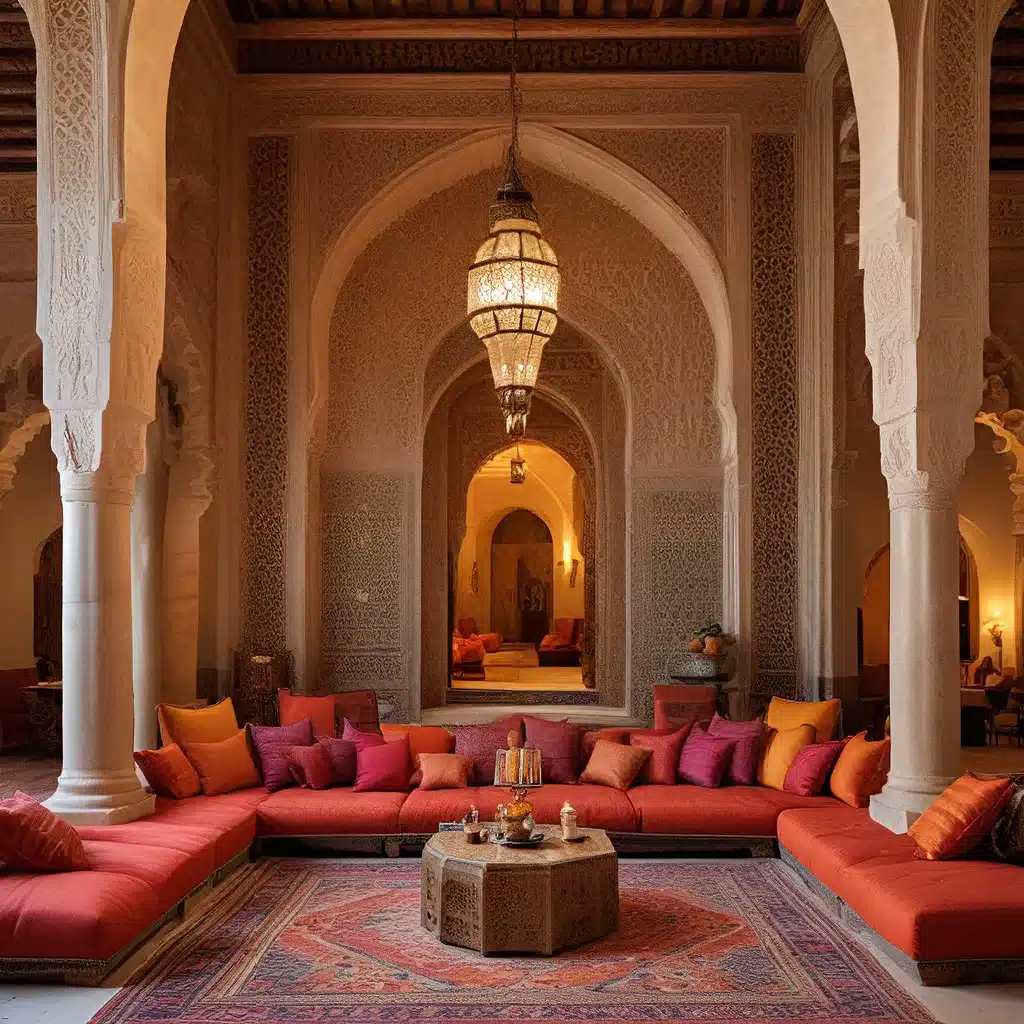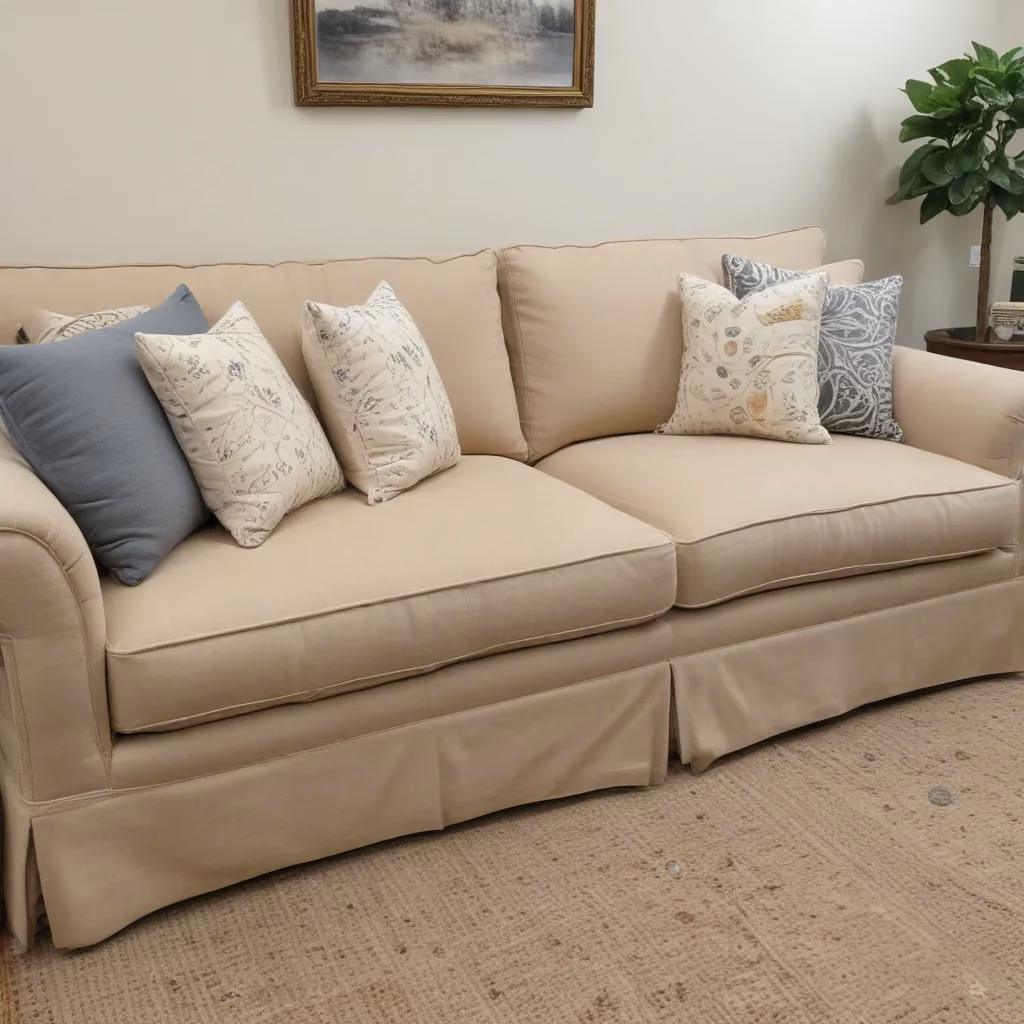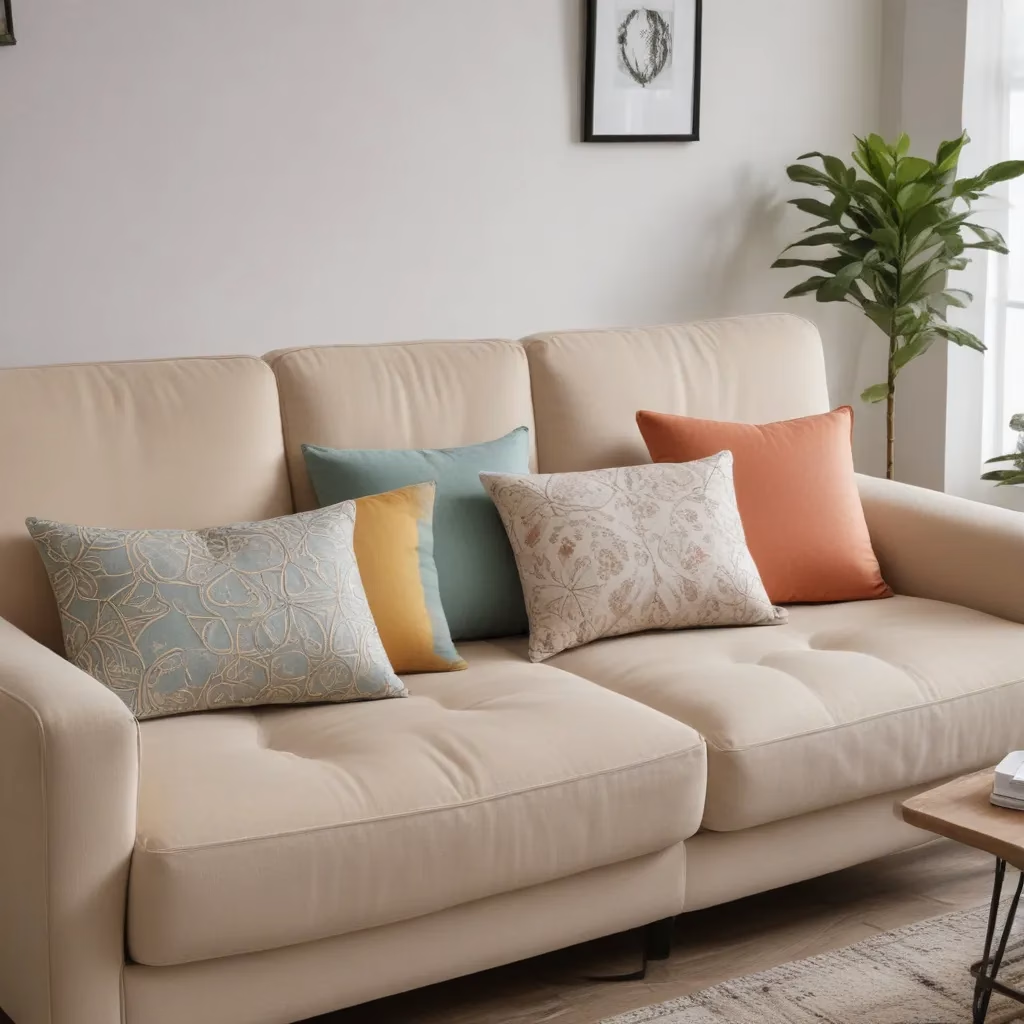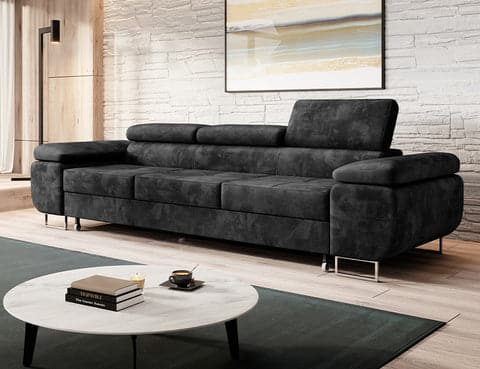
Ah, Morocco – the land of spice-scented souks, cascading bougainvillea, and dreamy architectural marvels. As a self-proclaimed design enthusiast, I’ve long been captivated by the magnetic allure of Moroccan style, a tapestry of rich cultural influences that have woven their way into the global design zeitgeist.
Recently, I found myself drawn down an enchanting rabbit hole of Moroccan inspiration, immersing myself in the vibrant imagery and captivating narratives surrounding this North African powerhouse of design. From the Moorish arches and geometric tile patterns that adorn the legendary riads of Marrakech to the lush, vine-draped courtyards that exude an air of timeless elegance, it’s no wonder Moroccan design has become a staple in the repertoire of interior designers and homeowners alike.
But what is it about this aesthetic that has captured the hearts and imaginations of so many? Let’s dive into the fascinating history, key features, and modern applications of Moroccan design – a journey that just might inspire you to infuse a little Moroccan majesty into your own living spaces.
The Captivating History of Moroccan Design
The story of Moroccan design is as rich and complex as the country’s own history, a tapestry of cultural influences that have intertwined over centuries to create a truly distinctive aesthetic. At the heart of this design language lies the Islamic Golden Age, a period of profound cultural, economic, and scientific advancement that left an indelible mark on Moroccan art and architecture.
With the arrival of Islam in the 7th century, the introduction of Islamic geometric patterns and intricate calligraphy became a defining element of Moroccan design. These intricate motifs, often adorning the walls and floors of the iconic Moroccan riads, became a hallmark of the region’s architectural prowess.
But Moroccan design is no stranger to outside influences. In the 19th and 20th centuries, the French and Spanish colonial periods introduced new architectural styles and modern materials to the mix. Rather than diluting the traditional Moroccan aesthetic, however, these influences were often blended seamlessly with indigenous elements, leading to an eclectic and adaptive design language that continues to captivate the global design community.
Today, Moroccan design continues to evolve, with designers and architects finding innovative ways to incorporate traditional motifs and techniques into modern contexts. This evolution reflects a deep respect for heritage while embracing contemporary design trends, ensuring that this captivating aesthetic remains both relevant and revered in the ever-changing landscape of global design.
The Essence of Moroccan Design
At the heart of Moroccan design lies a captivating blend of vibrant colors, intricate patterns, and rich textures that come together to create a truly distinctive aesthetic. From the vibrant hues of the Majorelle Blue gardens to the ornate tilework that adorns the walls of the riads, Moroccan design is a feast for the senses.
One of the most striking features of Moroccan design is its use of bold geometric patterns, often inspired by the Islamic design principles that have long influenced the region. These intricate motifs, ranging from intricate star patterns to elaborate latticework, can be found adorning everything from tiled floors to carved wooden doors, adding a sense of depth and complexity to the overall design.
Texture also plays a crucial role in Moroccan design, with the liberal use of natural materials like clay, stucco, and carved wood creating a warm and tactile sensory experience. The hanging lanterns, woven rugs, and plush cushions that adorn Moroccan living spaces not only add visual interest but also contribute to the overall sense of comfort and luxury.
But Moroccan design is more than just a feast for the eyes; it’s also a reflection of the region’s rich cultural heritage. The Moorish arches, domed ceilings, and interior courtyards that characterize traditional Moroccan architecture are a testament to the enduring influence of Islamic and Berber design traditions, creating a sense of timeless elegance and exotic allure.
Blending Tradition and Modernity
As captivating as the traditional Moroccan aesthetic may be, the true magic lies in the way designers and homeowners have seamlessly integrated these cultural influences into contemporary living spaces. By striking a delicate balance between the timeless elegance of Moroccan design and the clean lines and minimalist sensibilities of modern style, these visionaries have breathed new life into this captivating aesthetic.
One of the keys to successfully incorporating Moroccan elements into a modern home lies in understanding the juxtaposition of opposites. Pairing the ornate, intricate patterns of Moroccan tile with the sleek, uncluttered surfaces of contemporary furnishings, for example, can create a stunning visual harmony that celebrates the best of both worlds.
Likewise, the rich, jewel-toned hues that are so characteristic of Moroccan design can be tempered by the soft, neutral tones of modern decor, resulting in a space that is both visually arresting and deeply inviting. And when it comes to Moroccan-inspired architectural elements like arched doorways and domed ceilings, the key is to integrate them organically into the overall design, rather than allowing them to feel like isolated or incongruous additions.
But the beauty of blending Moroccan and modern design lies not just in the visual impact, but in the way it can imbue a space with a sense of timeless elegance and cultural richness. By incorporating the artisanal craftsmanship, intricate detailing, and deep connection to heritage that define Moroccan design, homeowners can create living spaces that feel both luxurious and deeply personal.
Bringing Moroccan Majesty into Your Home
So, how can you harness the captivating essence of Moroccan design and weave it into your own living spaces? The options are truly endless, and the beauty lies in the fact that Moroccan-inspired elements can be integrated into any design style, from the sleek minimalism of Scandinavian-inspired decor to the eclectic vibrancy of boho-chic aesthetics.
One of the easiest ways to infuse a touch of Moroccan magic is through strategic use of color and pattern. Whether it’s a vibrant Moroccan-inspired tile backsplash in the kitchen, a richly-hued area rug in the living room, or a set of ornate throw pillows on the sofa, these bold, eye-catching elements can instantly transform a space.
For those seeking a more immersive Moroccan experience, architectural features like arched doorways, intricate latticework, and domed ceilings can make a striking impact. And don’t forget about the artisanal accessories that are so integral to Moroccan design – think hanging lanterns, carved wood furnishings, and intricate metalwork that will imbue any room with a sense of exotic luxury.
Of course, the real magic happens when you blend these Moroccan elements with your own personal style and aesthetic. By experimenting with different color palettes, mixing textures, and playing with scale and proportion, you can create living spaces that are both true to the Moroccan design tradition and uniquely your own.
And if you’re feeling a little overwhelmed by the prospect of bringing Moroccan majesty into your home, fear not – the team at Sofa Spectacular is here to help. Our collection of Moroccan-inspired furniture and decor has been carefully curated to ensure the perfect balance of traditional and modern, allowing you to infuse your living spaces with a touch of exotic elegance without compromising your personal style.
So, what are you waiting for? Embrace the captivating allure of Moroccan design and let your living spaces be transported to the mystical realms of North Africa. The possibilities are as limitless as your imagination.




